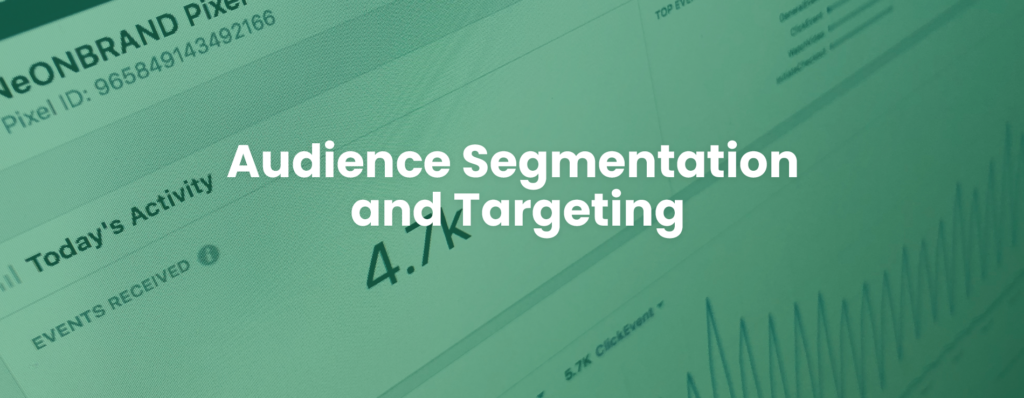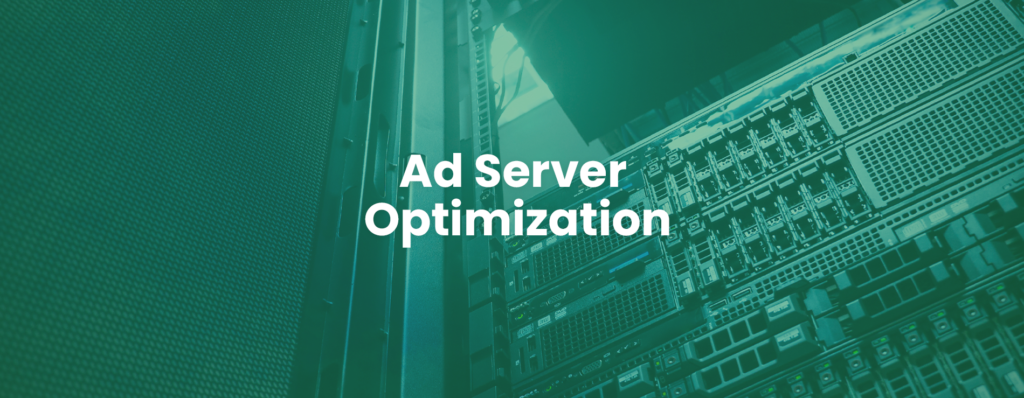Ad monetization is a critical aspect of any digital media strategy, and it requires a deep understanding of the industry and the technology used to implement it. This guide will provide a technical overview of the key components of a successful ad monetization strategy and outline the steps required to effectively monetize your digital media.
Audience Segmentation and Targeting

The first step in a successful ad monetization strategy is to segment your audience and target the right users. This can be accomplished through the use of audience data, including demographic, behavioral, and contextual data, to create a comprehensive view of your target audience. By leveraging this data, you can deliver targeted advertisements to the right people at the right time, resulting in increased engagement and conversions.
Programmatic Advertising Platforms
Programmatic advertising platforms provide a centralized solution for buying, selling, and delivering advertisements. These platforms use algorithms to automate the ad-buying process and ensure that the right advertisements are delivered to the right users at the right time. By leveraging programmatic advertising platforms, you can increase the efficiency of your campaigns, improve targeting accuracy, and gain greater control over your ad spend.
Real-Time Bidding (RTB)
Real-Time Bidding (RTB) is a programmatic advertising approach that allows advertisers to bid for ad impressions in real-time. RTB provides greater transparency, efficiency, and control for advertisers, as it enables them to set the parameters for their campaigns and bid for ad impressions that meet their specific criteria. By leveraging RTB, you can reach your target audience with greater precision, increase the efficiency of your campaigns, and drive higher engagement and conversions.
Header Bidding

Header bidding is a programmatic advertising technique that allows multiple demand-side platforms (DSPs) to bid on ad impressions in real-time. By leveraging header bidding, you can increase competition for your ad impressions and maximize the revenue generated from each impression. This technique can also be used to enhance targeting accuracy and improve the overall efficiency of your campaigns.
Ad Server Optimization

Ad server optimization involves fine-tuning your ad server to deliver the right advertisements to the right users at the right time. This involves optimizing your ad server settings, such as ad frequency caps and ad priority, to ensure that the right advertisements are delivered to your target audience. By optimizing your ad server, you can increase the efficiency of your campaigns and maximize the revenue generated from each impression.
Conclusion
In conclusion, a successful ad monetization strategy requires a deep understanding of the technology used to implement it. By segmenting your audience and leveraging programmatic advertising platforms, RTB, header bidding, and ad server optimization, you can increase the efficiency and effectiveness of your advertising campaigns, resulting in increased engagement and conversions. With a comprehensive understanding of these key components, you’ll be able to effectively monetize your digital media and drive greater ROI

